NVIDIA’s GeForce GTX 480 and GTX 470: 6 Months Late, Was It Worth the Wait?
by Ryan Smith on March 26, 2010 7:00 PM EST- Posted in
- GPUs
Image Quality & AA
When it comes to image quality, the big news from NVIDIA for Fermi is what NVIDIA has done in terms of anti-aliasing of fake geometry such as billboards. For dealing with such fake geometry, Fermi has several new tricks.
The first is the ability to use coverage samples from CSAA to do additional sampling of billboards that allow Alpha To Coverage sampling to fake anti-alias the fake geometry. With the additional samples afforded by CSAA in this mode, the Fermi can generate additional transparency levels that allow the billboards to better blend in as properly anti-aliased geometry would.
The second change is a new CSAA mode: 32x. 32x is designed to go hand-in-hand with the CSAA Alpha To Coverage changes by generating an additional 8 coverage samples over 16xQ mode for a total of 32 samples and giving a total of 63 possible levels of transparency on fake geometry using Alpha To Coverage.
In practice these first two changes haven’t had the effect we were hoping for. Coming from CES we thought this would greatly improve NVIDIA’s ability to anti-alias fake geometry using cheap multisampling techniques, but apparently Age of Conan is really the only game that greatly benefits from this. The ultimate solution is for more developers of DX10+ applications to enable Alpha To Coverage so that anyone’s MSAA hardware can anti-alias their fake geometry, but we’re not there yet.
So it’s the third and final change that’s the most interesting. NVIDIA has added a new Transparency Supersampling (TrSS) mode for Fermi (ed: and GT240) that picks up where the old one left off. Their previous TrSS mode only worked on DX9 titles, which meant that users had few choices for anti-aliasing fake geometry under DX10 games. This new TrSS mode works under DX10, it’s as simple as that.
So why is this a big deal? Because a lot of DX10 games have bad aliasing of fake geometry, including some very popular ones. Under Crysis in DX10 mode for example you can’t currently anti-alias the foliage, and even brand-new games such as Battlefield: Bad Company 2 suffer from aliasing. NVIDIA’s new TrSS mode fixes all of this.

Bad Company 2 DX11 Without Transparency Supersampling
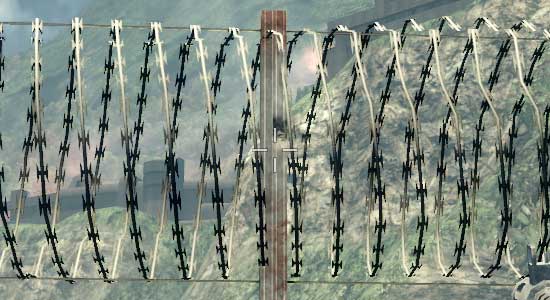
Bad Company 2 DX11 With Transparency Supersampling
The bad news is that it’s not quite complete. Oh as you’ll see in our screenshots it works, but the performance hit is severe. It’s currently super-sampling too much, resulting in massive performance drops. NVIDIA is telling us that this should be fixed next month, at which time the performance hit should be similar to that of the old TrSS mode under DX9. We’ve gone ahead and taken screenshots and benchmarks of the current implementation, but keep in mind that performance should be greatly improving next month.
So with that said, let’s look at the screenshots.

| NVIDIA GeForce GTX 480 | NVIDIA GeForce GTX 285 | ATI Radeon HD 5870 | ATI Radeon HD 4890 |
| 0x | 0x | 0x | 0x |
| 2x | 2x | 2x | 2x |
| 4x | 4x | 4x | 4x |
| 8xQ | 8xQ | 8x | 8x |
| 16xQ | 16xQ | DX9: 4x | DX9: 4x |
| 32x | DX9: 4x | DX9: 4x + AAA | DX9: 4x + AAA |
| 4x + TrSS 4x | DX9: 4x + TrSS | DX9: 4x + SSAA | |
| DX9: 4x | |||
| DX9: 4x + TrSS |
With the exception of NVIDIA’s new TrSS mode, very little has changed. Under DX10 all of the cards produce a very similar image. Furthermore once you reach 4x MSAA, each card producing a near-perfect image. NVIDIA’s new TrSS mode is the only standout for DX10.
We’ve also include a few DX9 shots, although we are in the process of moving away from DX9. This allows us to showcase NVIDIA’s old TrSS mode, along with AMD’s Adapative AA and Super-Sample AA modes. Note how both TrSS and AAA do a solid job of anti-aliasing the foliage, which makes it all the more a shame that they haven’t been available under DX10.
When it comes to performance, keep in mind that both AMD and NVIDIA have been trying to improve their 8x MSAA performance. When we reviewed the Radeon 5870 back in September we found that AMD’s 8x MSAA performance was virtually unchanged, and 6 months later that still holds true. The performance hit moving from 4x MSAA to 8x MSAA on both Radeon cards is roughly 13%. NVIDIA on the other hand took a stiffer penalty under DX10 for the GTX 285, where there it fell by 25%. But now with NVIDIA’s 8x MSAA performance improvements for Fermi, that gap has been closed. The performance penalty for moving to 8x MSAA over 4x MSAA is only 12%, putting it right up there with the Radeon cards in this respect. With the GTX 480, NVIDIA can now do 8x MSAA for as cheap as AMD has been able to
Meanwhile we can see the significant performance hit on the GTX 480 for enabling the new TrSS mode under DX10. If NVIDIA really can improve the performance of this mode to near-DX9 levels, then they are going to have a very interesting AA option on their hands.
Last but not least, there’s anisotropic filtering quality. With the Radeon 5870 we saw AMD implement true angle-independent AF and we’ve been wondering whether we would see this from NVIDIA. The answer is no: NVIDIA’s AF quality remains unchanged from the GTX200 series. In this case that’s not necessarily a bad thing; NVIDIA already had great AF even if it was angle-dependant. More to the point, we have yet to find a game where the difference between AMD and NVIDIA’s AF modes have been noticeable; so technically AMD’s AF modes are better, but it’s not enough that it makes a practical difference
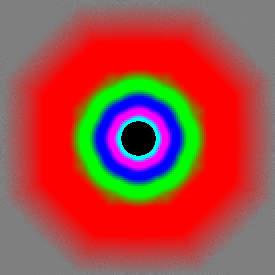
GeForce GTX 480

GeForce GTX 285
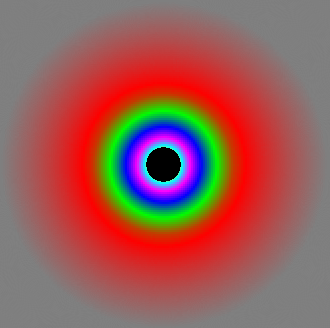
Radeon 5870


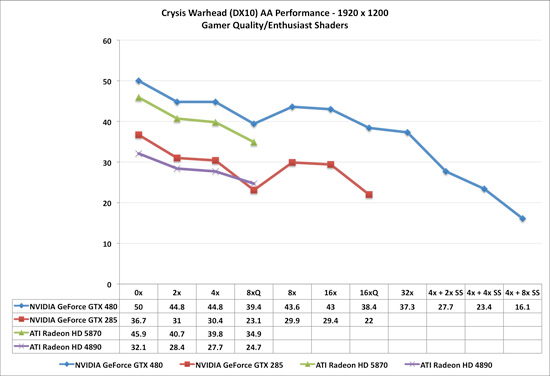
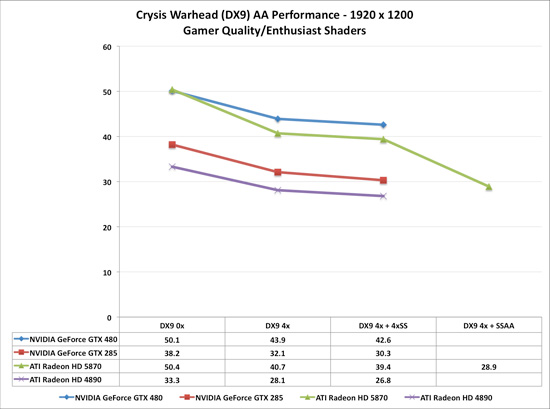








196 Comments
View All Comments
arjunp2085 - Friday, March 26, 2010 - link
For dealing with suck fake geometry, Fermi has several new tricks.is that supposed to be such??
850 Watts for SLI.. man Air Conditioning for my room does not consume that much electricity
Might have to go for industrial connections to use such high Electricity consumptions lol
Green Team NOT GREEN....
Leyawiin - Friday, March 26, 2010 - link
Guess I'll keep my GTX 260 for a year or so more and hope for better days.hangfirew8 - Friday, March 26, 2010 - link
Launch FAIL.All this waiting and a paper launch. They couldn't even manage the 1/2 dozen cards per vendor at Newegg of some previous soft launches.
All this waiting an a small incremental increase over existing card performance. High power draw and temps. High prices, at least they had the sense not to price it like the 8800Ultra-which was a game changer. It had a big leap in performance plus brought us a new DX level, DX10.
I've been holding off buying until this launch, I really wanted nVidia to pull something off here. Oh, well.
softdrinkviking - Friday, March 26, 2010 - link
so by the time a "full" gf100 is available, how close will we be the the next gen AMD card?and how low will be the prices on the 58XX series be?
this article never made an explicit buying recommendation, but how many people out there are still waiting to buy a gf100?
6 months is a long time.
after xmas and the post holiday season, anybody on the fence about it (i.e. not loyal nvidia fans) probably just went for amd card.
so the question (for a majority of potential buyers?) isn't "which card do i buy?", it's "do i need/want to upgrade from my 58xx amd card to a gf100?"
also, i'm curious to find out if fermi can be scaled down into a low profile card and offer superior performance in a form factor that relies so heavily on low temps and low power consumption.
the htpc market is a big money maker, and a bad showing for nvidia there could really hurt them.
maybe they won't even try?
shin0bi272 - Friday, March 26, 2010 - link
great review as usual here at Anandtech. I would have thought in your conclusions you would have mentioned that, in light of the rather lack luster 5% performance crown that they now hold, that it wasnt the best idea for them to disable 6% of their cores on the thing after all.Why make a 512 core gpu then disable 32 of them and end up with poorer performance when youre already 6 months behind the competition, sucking up more juice, have higher temps and fan noise, and a higher price tag? That's like making the bugatti veyron and then disabling 2 of its 16 cylinders!
That will probably be what nvidia does when amd releases their super cypress to beat the 480. They'll release the 485 with all 512 cores and better i/o for the ram.
blyndy - Saturday, March 27, 2010 - link
"Fermi is arranged as 16 clusters of 32 shaders, and given that it is turning off 64 shaders, it looks like the minimum granularity it can fuse off is a single cluster of 32. This means it is having problems getting less than two unrecoverable errors per die, not a good sign."from: http://www.semiaccurate.com/2009/12/21/nvidia-cast...">http://www.semiaccurate.com/2009/12/21/nvidia-cast...
shin0bi272 - Saturday, March 27, 2010 - link
dont quote semi accurate to me. If you wanna call 1 in 100 claims being correct as Semi accurate then fine you can... me I call it a smear. Especially since the guy who wrote that article is a known liar and hack. If you google for gtx480 and click on the news results and click on semi accurate you will see its listed as satire.Jamahl - Friday, March 26, 2010 - link
the same Ryan Smith who panned the 5830 for being a "paper launch" even though it was available one day later?What's wrong this time Ryan? Maybe there are so many bad things to say about Fermi, being "paper launched" was well down the pecking order of complaints?
AnandThenMan - Friday, March 26, 2010 - link
I was thinking the same thing. The 5830 got slammed for being a paper launch even though it wasn't, but Fermi gets a pass? Why? This isn't even a launch at all despite what Nvidia says. Actual cards will be available in what, 17 days? That's assuming the date doesn't change again.jeffrey - Saturday, March 27, 2010 - link
I'll third that notion.Even though Ryan Smith mentioned that Fermi was paper launched today, the tone and way that the article read was much harsher on AMD/ATI. That is ridiculous considering that Ryan had to eat his own words with an "Update" on the 5830's availability.
To be tougher on AMD/ATI, when they did in fact launch the 5830 that day and have hard-launched, to the best of their ability, the entire 5XX0 stack gives an impression of bias.
A paper launch with availability at least two and a half weeks out for a product six months late is absurd!